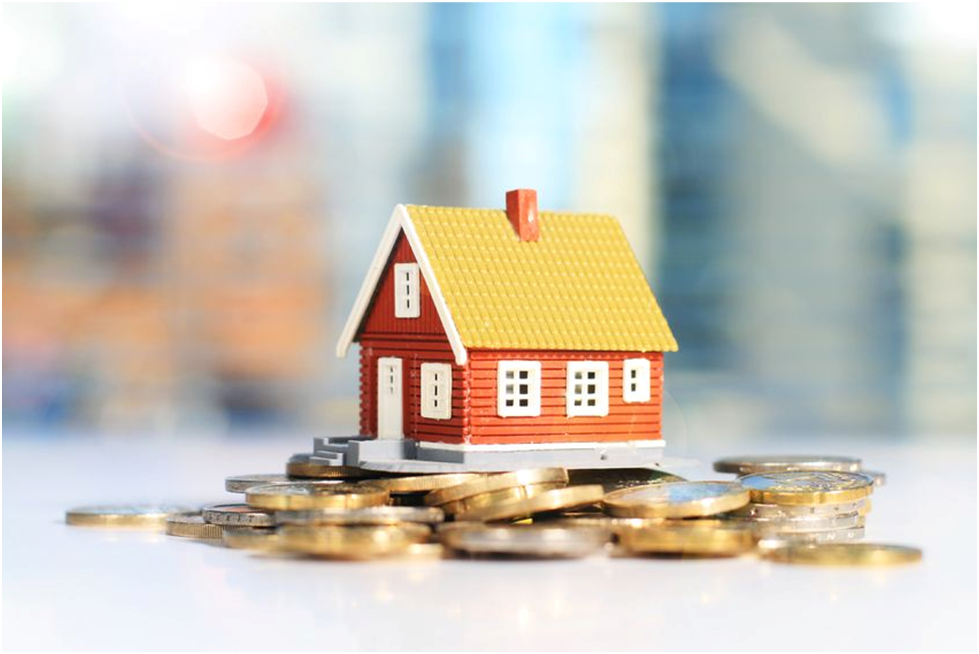Flipping houses: fun DIY-way to invest your money or financial nightmare?It may have appear a fantasy on reality of TV, but it’s not as easy as they make it look. While it can be a great way to earn a few bucks, it’s important to know what you’re getting into before you take the dive. There’s many external factors that can impact your flip and some experts offer full-on courses to teach you how to be successful. Before you take out the cash to invest in a course like that, be sure to check out this step-by-step guide so you know what you’re getting into in the world of flipping.
When it comes to investments, flipping houses can be very capital intensive. You need to have the money to purchase a house and fix it up. While the up-front chunk of change is pretty big, the profit margins can be significantly larger. In the domain of real estate investments, flipping is on the riskier end – but it can reap some monumental rewards.
Step 1: Get the Money

The first step of diving into the world of flipping is to assess your cash situation. Gathering a down payment for a house can be a little daunting, but there are some options when it comes to getting the funds together. You can consider options such as partnering up with other investors or finding a lender who invests in these sorts of projects, such as residential hard money lenders. They specialize in shorter-term loans that are perfect for flipping properties.
Step 2: Team Up!
Next, it’s important to assemble a team. A lot of work goes into flipping a house, and having the right people to help you along the way can help maximize profits. Look into a great real estate broker you trust along with a killer contractor to make sure you stay within your budget. In addition, you’ll need an architect with some vision, an insurance specialist and trustworthy accountant. When flipping houses, it’s important to keep things on time and under budget, otherwise potential profits may go down the hole. Investing in a trustworthy team can really pay off down the line.
Step 3: Find your Fixer-Upper
Now, it’s time to find a house. The fun part! Zero in on a geographic area you see as being on the rise and use your trusty real-estate broker to show you the options. The key to choosing a profitable house to flip is weighing the potential profits. You’ll need to keep in mind that extensive repairs means there’s more at risk. Doing some quick math before can help weigh the options. Make sure you take everything into account when doing this; factor in the initial value of the home along with the cost of repairs and monthly expenses of your team. Weighing this against the potential selling price can give you a good idea of the type of return you might get.

Step 4: Fix it Up, Fast!
During the rehab and renovation is when most house-flips flop. The key to making a profit is to ensure your repairs are done quickly and stay within budget. To guarantee this, refer on that general contractor you hired earlier. They’ll make sure everyone from the electrician to carpenter stay on task and make good time. When it comes to real estate, time is of the essence. An ever-changing market means you never know how the value of your home might appreciate or depreciate. That, along with monthly costs and mounting repairs, eat away at any profit. A long rehab means less profit in the long run.
While the road to rehabbing is full of risk, more often than not, it’s worth the reward. Don’t be daunted by this long list of things to consider; instead take it as an opportunity to study up before taking the plunge. Flipping houses can be a fun adventure filled with shiny new doorknobs and classy crown molding. Give it a try. Who knows? You may just flip for it.

3 Responses
Thanks for sharing. I read many of your blog posts, cool, your blog is very good.
Can you be more specific about the content of your article? After reading it, I still have some doubts. Hope you can help me.
Your article helped me a lot, is there any more related content? Thanks!